Castors or casters are non-powered wheels attached to the bottom of objects such as chairs, carts, and other items to make them more mobile. They can come in many different sizes and materials; some have locks to prevent movement. By being attached to the base of the device moving equipment, casters can move those objects, especially the movement of heavy objects, with less force.
Difference between castors and wheels
Castors and wheels are two distinct products. Wheels are simple circular cylinders that spin around an axle, like the wheels on a car or bicycle. They are fixed in orientation and allow movement only in the direction they are pointing. Castors, on the other hand, are assemblies that include both a wheel as well as a bracket or "fork" that contains the wheel. The bracket has a mounting pivot that allows the wheel to swivel and rotate 360 degrees. So, a castor is the entire movable unit comprising the spinning wheel encased inside this pivot mounting bracket. When replacing a "wheel" on movable furniture like chairs, carts, cabinets, etc., or heavy equipment that needs to move, the complete castor assembly is better than a standalone wheel. This is because these objects are likely fitted with castors.
Types of casters
Caster wheels are available in numerous materials such as steel, rubber, polyurethane, and more. They can cater to different needs concerning durability, noise reduction, surface damage, or load capacity. For example, heavy-duty steel casters are intended for rough surfaces and high carrying capacities, excluding the potential for floor damage. Rubber caster wheels, on the other hand, deliver floor protection and silent operation. Polyurethane casters combine the hardness of metal with the flexibility of rubber. They can withstand chemicals and heavy loads without marking floors. However, polyurethane casters are typically more expensive than other types. The selection of the different caster types depends vastly on the intended application, environmental conditions, load capacity, and flooring type.
Multifunctional castors
As castors are designed to make objects easier to move, they're used in various applications, such as office chairs, shopping carts, and more heavy-duty items like industrial machinery or hospital beds. They often come as swivel castors, allowing unrestricted 360° rotation, or fixed castors, which only move in a linear direction. For example, workbench casters allow workbenches to transport around a workshop smoothly. Office chair casters allow desk chairs mobility so people can glide from place to place without standing up. If those office chair casters become worn out, replacement caster wheels can restore a chair's rolling ability. Locking casters can be used on equipment carts or racks to prevent accidental movement when items need to stay stationary. Institutional equipment such as hospital beds and medical carts also need castors for quick mobility within healthcare facilities.
Also, castors can be beneficial for transporting commercial goods by installing them on shopping carts, luggage carts, and more. The multidirectional rolling and swiveling capabilities of castors allow convenient pushing and steering of heavy loads. Utilizing castors on transport equipment for goods handling increases mobility and flexibility during transfers. Whether it's workbenches, office chairs, carts, hospital beds, or many other items, castors add great functionality by providing effortless transportation.

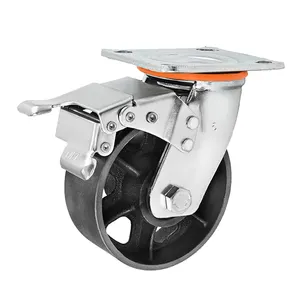







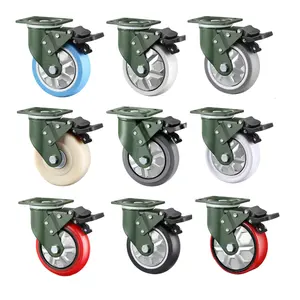




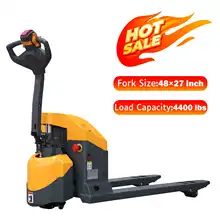

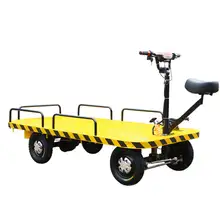




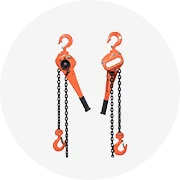
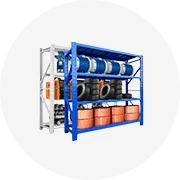
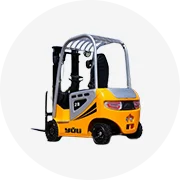








 浙公网安备 33010002000092号
浙公网安备 33010002000092号 浙B2-20120091-4
浙B2-20120091-4